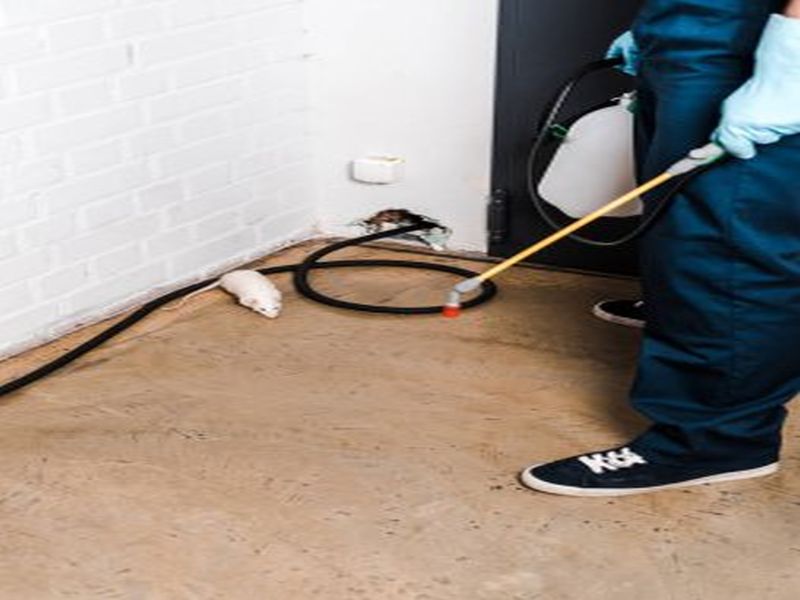Coyotes and foxes are two of the most common predators found in residential areas. While these animals are an essential part of the ecosystem, their presence in urban and suburban neighborhoods can create safety concerns for humans, pets, and other wildlife. It is crucial to control their population to ensure the safety of both humans and animals. However, traditional pest control methods involving traps or poisons may not be effective or safe when dealing with coyotes and foxes.
Using pesticides or trapping devices can harm not only the targeted animals but also non-targeted species that may come into contact with them. As a result, eco-friendly approaches for controlling coyotes and foxes have become increasingly popular among homeowners.
One such method is using natural repellents made from plant-based ingredients. These repellents emit odors that these predators find unappealing, making them leave the area without causing any harm. They are easy to use and do not require any special equipment or knowledge to apply them correctly.
Another safe option for deterring coyotes and foxes is installing motion-activated devices that emit high-pitched sounds or flashing lights when triggered by movement. These gadgets startle the animals without harming them physically while conditioning them to associate a particular area https://www.pinterest.com.au/pin/730005420876405550/ with negative experiences.
Additionally, physical barriers such as fences can be used to keep these predators away from vulnerable areas like chicken coops, gardens, or pet enclosures. However, it is vital to ensure that the barrier is strong enough to withstand their strength but does not harm them in any way if they try to jump over it.
Live trapping may also be considered as a humane way of removing coyotes and foxes from residential areas. Traps specifically designed for these creatures should be used so that they do not get injured during capture. Once trapped humanely without causing any pain or distress, they can then be safely relocated back into their natural habitats far away from human settlements.
It’s worth noting that coyotes and foxes are opportunistic animals, always scavenging for food. Hence, finding ways to ensure they have nothing to scavenge is also an effective approach. This can be achieved by keeping all trash cans secured tightly or using bear-proof containers. Additionally, feeding pets indoors and avoiding leaving pet food outside can also prevent these predators from being lured into residential areas.
Another method of safe pest control for coyotes and foxes is implementing habitat modification techniques. These predators are attracted to areas with ample shelter and hiding spots such as thick bushes or piles of wood. By removing these potential hiding spots, homeowners can discourage them from frequenting their yards.
While it may seem counterintuitive, encouraging natural predators like wolves or mountain lions in the surrounding areas can help control the coyote and fox population naturally. These larger predators will prey on smaller ones, balancing their numbers in the ecosystem without any human interference.
In conclusion, it’s essential to understand that living alongside wildlife comes with a responsibility to protect both humans and animals’ safety. Choosing safe and humane methods for pest control not only preserves the balance in nature but also ensures a peaceful coexistence between humans and wild animals like coyotes and foxes.





